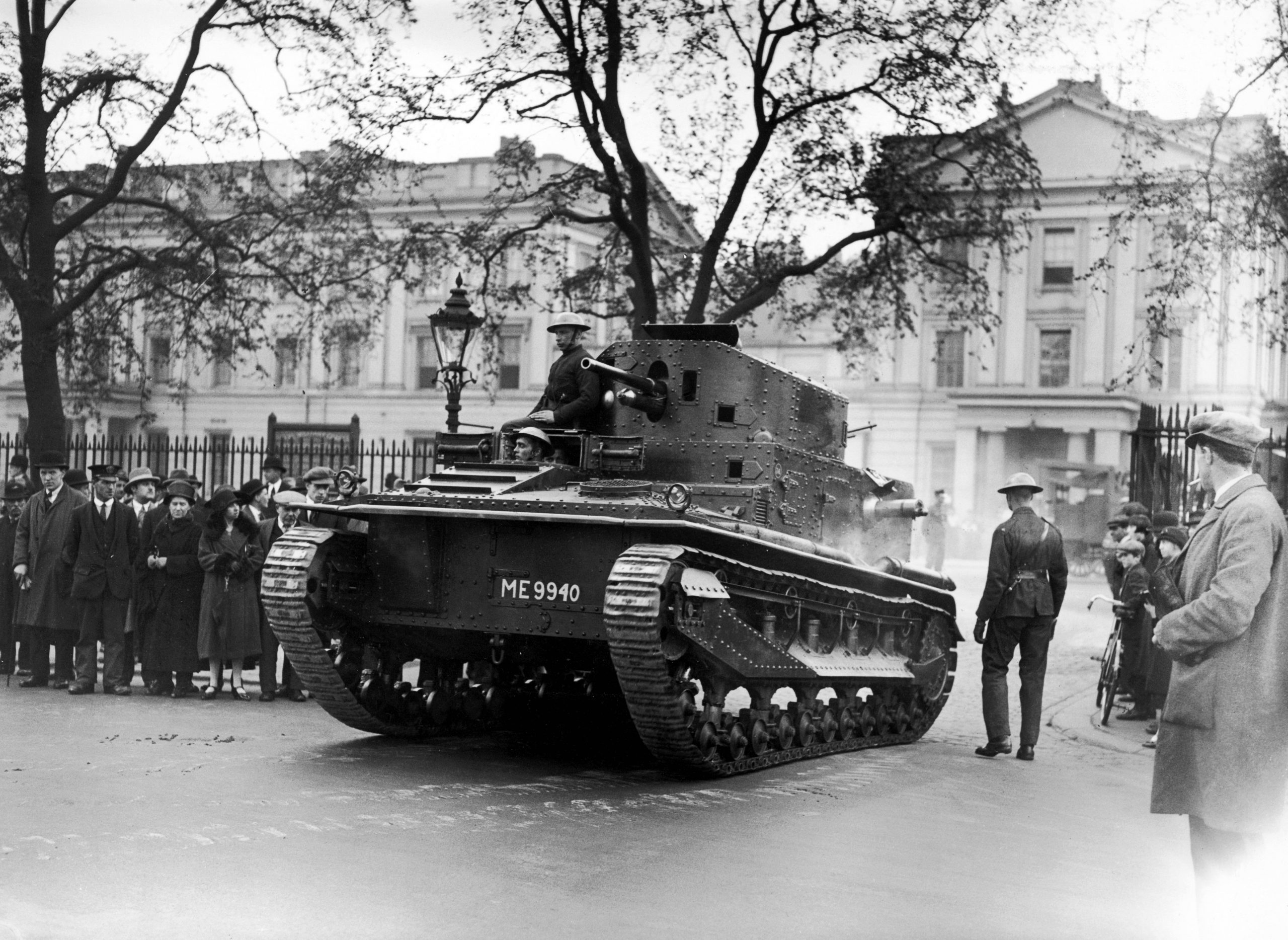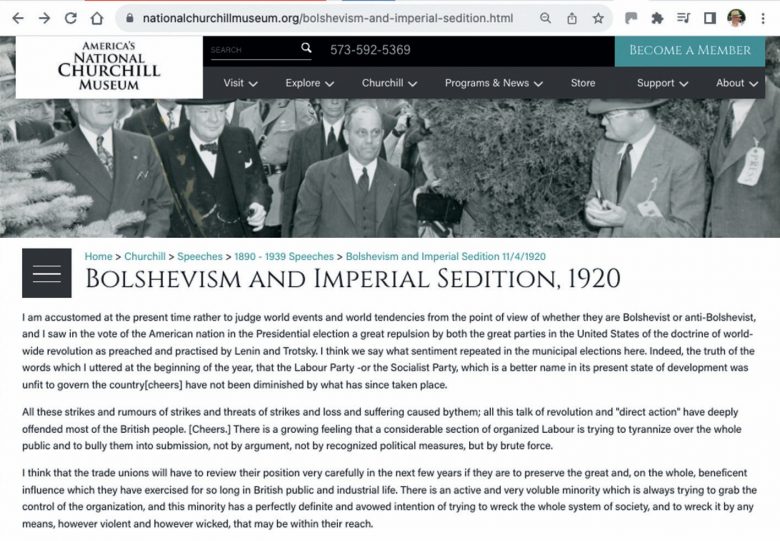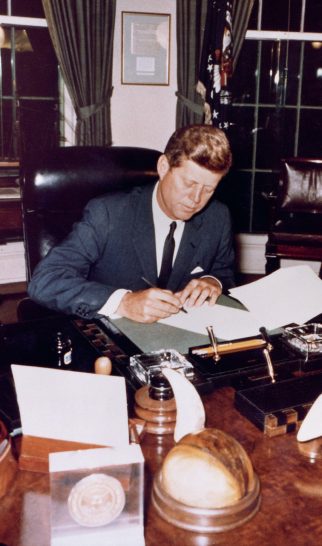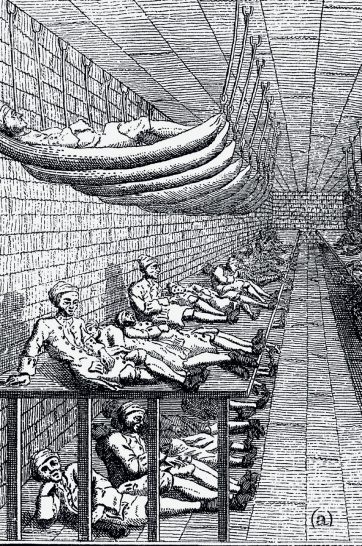
Early in 1925 a 35-page Communist document was intercepted by the Post Office and passed on to CID. Strike Strategy in Britain stated that ‘the Art of Civil War as far as Britain is concerned must basically rest upon the advance guard…bringing about a General Strike and a general revolutionary combat’. Given the fear of communism following the Russian Revolution in 1917, and the state of industrial relations in the early 1920s, Baldwin had issued instructions as early as 1923 to prepare to meet the revolutionary threat that was seen even by moderate Conservatives as imminent. Although the source of Strike Strategy in Britain was unknown, it seemed to confirm the revolutionary nature of any general strike that might follow.
Government preparations included the appointment of deputy civil commissioners, mostly military men, with the power to recruit and organise. The Organisation for the Maintenance of Supplies trained 100,000 volunteers to do jobs such as working in the docks and driving trains, buses and lorries. Essential supplies were stockpiled. In November 1925, 12 leaders of the Communist Party (CPGB) were sentenced to between 6 and 12 months for sedition. By February 1926, the home secretary, Joynson-Hicks, was able to tell the cabinet that ‘little remained to be done’ in preparation for the threatened strike.
Your organisation does not have access to this article.
Sign up today to give your students the edge they need to achieve their best grades with subject expertise
Subscribe




